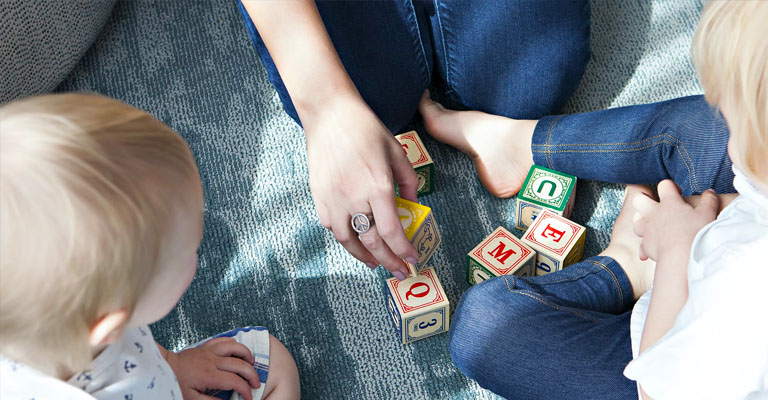What Happens With Children After Separation?
The unfortunate reality of many divorces is that children are left without adequate care. Planning appropriate arrangements with regards to the physical and financial care of a child can help better transition a child’s life in the aftermath of a divorce.

Parental Responsibility
Equal Shared Parenting Responsibility is usually vested in the parents of children after a divorce. This is a legal obligation to allow both parents to make major long-term decisions relating to the child’s wellbeing. In some instances, the court may remove parental responsibility from one of the parents in the interests of the child.
Aside from the legal obligations of either parent, specific arrangements need to be made for the physical and financial concerns of the child.
Physical Care
Equal Shared Parenting Responsibility does not necessarily entail equal time caring for the child. Both parents need to form a parenting arrangement that dictates when and where each parent sees the child.
A parenting arrangement can be made through a Parenting Plan or a Parenting Order. Either form of documentation needs to be specific and list the times the child will spend with each parent in addition to details such as the child’s health, activities and education.
Parenting Plan
A Parenting Plan is an informal written agreement. They aren’t legally enforceable and cannot legally bind a parent to perform certain actions.
However, Parenting Plans are cost effective and convenient and can be changed at short notice with the written consent of both parents.
Parenting Orders
A Parenting Order is a court-approved formal written agreement. It is legally enforceable and imposes active legal obligations on both parents. Parenting Orders can be costly and inflexible but can instil confidence for both parties.
In either case, it is useful for both parents to discuss the specific needs of their child and come to an arrangement that is mutually satisfactory for all parties.
Financial Support
Parents will also have an obligation to pay to care for their children financially through child support. This obligation usually falls on the parent the child does not live with. Here, parents need to sign a child support agreement which needs to be registered with Services Australia.
Similar to parenting arrangements, there are two types of child support agreements: Limited and Binding. A Limited Child Support Agreement requires a Child Support Assessment. The amount paid would be equal to or greater than the assessed amount. You don’t need a lawyer to enter a Limited Agreement, and a new Child Support Assessment needs to be obtained if the agreement is to be modified.
On the other hand, Binding Child Support Agreements do not require a Child Support Assessment. Binding Agreements are more flexible and are paid on any terms that both parents agree on. However, Binding Agreements will require legal advice.
Interests of the Child
When making any decisions about children, the focus of any agreement should be on the best interests of the child. Litigation should be avoided as it can cause unnecessary costs and acrimony. Importantly, where a judge makes a decision, they are bound by the Family Law Act to exclusively prioritise the child’s interests.
There are a number of services that can assist parents to come to these financial and parenting agreements. Family Relationship Centres can help you create a Parenting Plan while family mediation centres can reconcile disputes with regards to Child Support Agreements.
If parents are confused or have trouble understanding these arrangements, specialist legal advice can also be helpful. A lawyer can best navigate what can be some very tough long-term decisions with regard to children.
Contact us via the form to help plan your child’s future.


